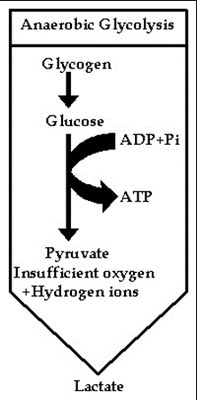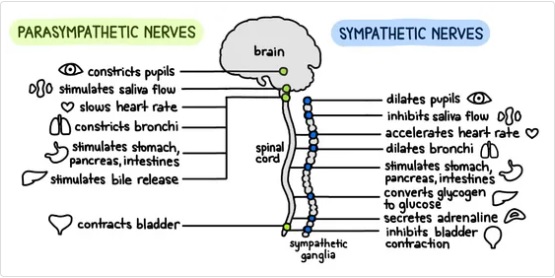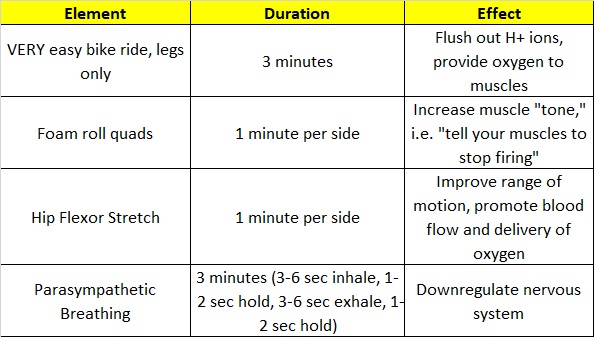Imagine: you’ve just finished a grueling workout, barely caught your breath, put your equipment away, and now you’re grabbing your gear and getting the hell out of the gym as fast as a gazelle being chased by a lion. Sound familiar? We’ve all done it. Unfortunately, in doing this, we are neglecting one of the most important pieces of training: the cooldown.
When we finish a class at the gym, our bodies experience several training effects. Physically, our muscles have generated waste products. If you’ve ever felt your muscles burn, you know what I mean. What causes this muscle burn, and how can we alleviate it? (Hint: it’s NOT lactic acid).
If you’ll indulge a quick science lesson, we can answer that. Here we go:
- Our muscles burn ATP as fuel.
- In the process, hydrogen ions (H+ ions) and pyruvate are generated as waste products.
- If oxygen is present (i.e. if we’re operating aerobically), we can combine two H+ ions and pyruvate to create lactate (aka lactic acid), which is then removed from our muscles.
- If we accumulate H+ ions faster than we can clear them with oxygen (i.e. we’re anaerobic), our muscles become acidic and we feel the burn.
- These H+ ions remain in our muscles until we clear them.

So, a low intensity walk, bike, or row, immediately following a higher intensity bout, can help us deliver oxygen to our cells, to clear the H+ ions. This can help with reduced soreness immediately following the training.
Soreness that occurs 1-2 days after a training session is a result of muscle damage and inflammation, which is the first part of healing. Blood flow for the delivery of oxygen is the only way to mitigate this. So, once again, a low intensity cardio piece immediately following a workout can start the healing process.
Neurologically, at the end of a workout, we’re heavy into our sympathetic nervous system – the “fight or flight” side of things. This means stress hormones galore, which inhibit muscle growth and can leave us feeling burned out if we don’t downregulate and get to a more parasympathetic state. Additionally, it leaves our muscles tensing and flexing more than if we’re relaxed, which inhibits recovery from the physical side of things, as we just discussed above. So, how can we downregulate? Helpful activities include foam rolling (this also helps the muscles “let go”), stretching, and parasympathetic breathing.

So, now we know the “why,” and some of the “how.” The goal of a cooldown is to clear muscle fatigue caused by H+ ions, to help prevent oncoming soreness, and to shift into a parasympathetic state. So how do we combine these elements into an effective cooldown? It will of course depend on the particular movements you performed that day, but as an example, let’s assume we just had a very squat intensive day. A 10-minute cooldown would look something like this:

Start adding in cooldowns whenever possible, and I guarantee your training will yield even better results. See you in the gym.
